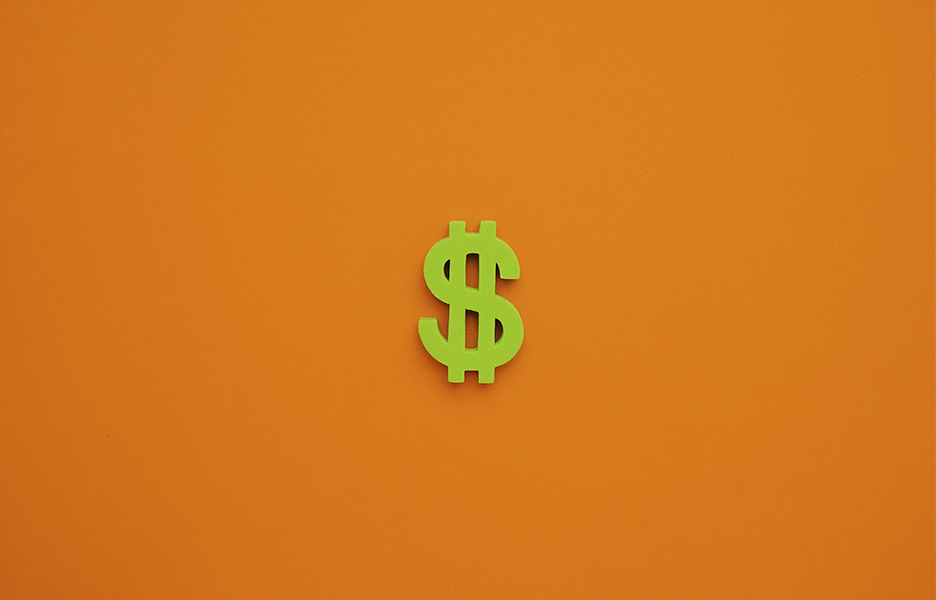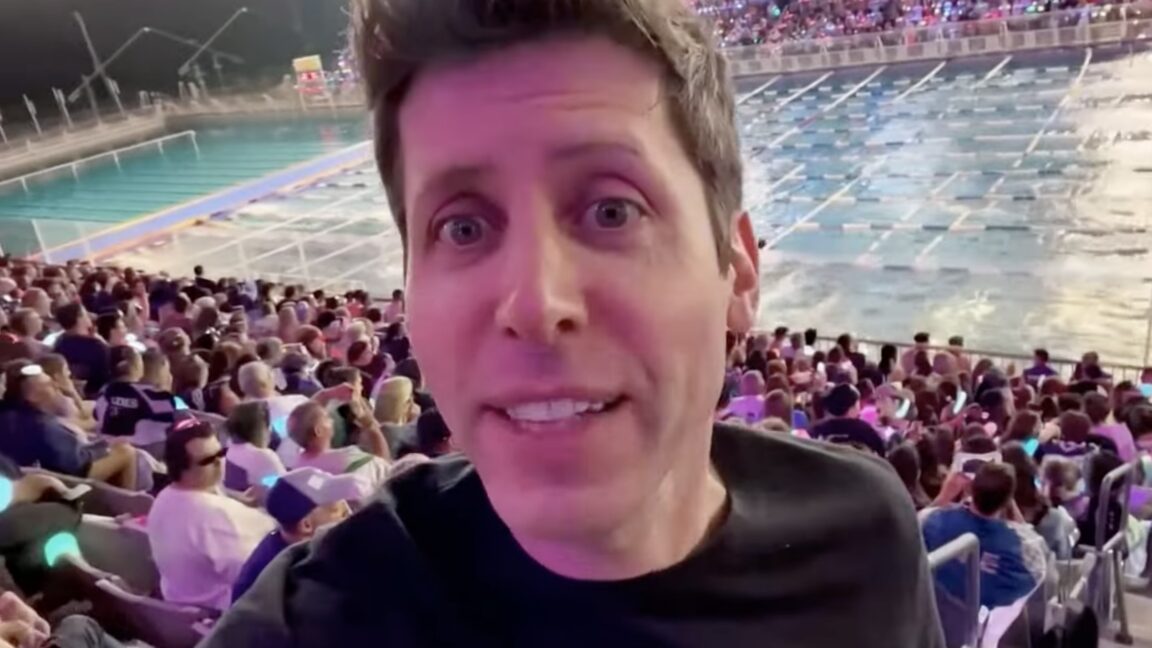OpenAI on Tuesday unveiled Sora 2, a next-generation video-synthesis model capable of producing videos in multiple styles with synchronized dialogue and sound, marking a major leap for the company.
The launch also introduces Sora Cameos, a new iOS social app that lets users drop their likeness into AI-generated scenes, effectively placing themselves inside generated videos.
In a launch video, Sora 2 features a photorealistic version of OpenAI CEO Sam Altman speaking to the camera in a slightly off-kilter voice, set against surreal backdrops such as a competitive ride-on duck race and a glowing mushroom garden. OpenAI notes that the model can generate sophisticated background soundscapes, speech, and sound effects with a high degree of realism.
OpenAI says Sora 2 improves visual consistency over its predecessor, Sora 1 Turbo, and can follow more complex instructions across multiple shots while maintaining coherence. The company likens the release to a GPT-3.5 moment for video, signaling a pivotal step in the evolution of its multimodal AI capabilities. The model also advances physical realism, claiming it can simulate movements like Olympic gymnastics routines with convincing physics.
Beyond the technical leap, OpenAI emphasizes safety and control around cameos: users can decide who can use their likeness, revoke access, and view all videos containing their cameo. The firm says it employs automated safeguards and human review to curb misuse and protect younger users, including default daily-generation limits for Cameos.
The app is rolling out in the United States and Canada by invite, with a free tier and plans for paid options as demand and compute resources expand. Separately, OpenAI intends to offer Sora 2 via API for developers, while the earlier Sora 1 Turbo remains available for existing users.















![[AS2716] Universidade Federal do Rio Grande do Sul](https://r2.isp.tools/images/asn/2716/logo/image_100px.png)
![[AS52888] UNIVERSIDADE FEDERAL DE SAO CARLOS (4 probes)](https://r2.isp.tools/images/asn/52888/logo/image_100px.png)
